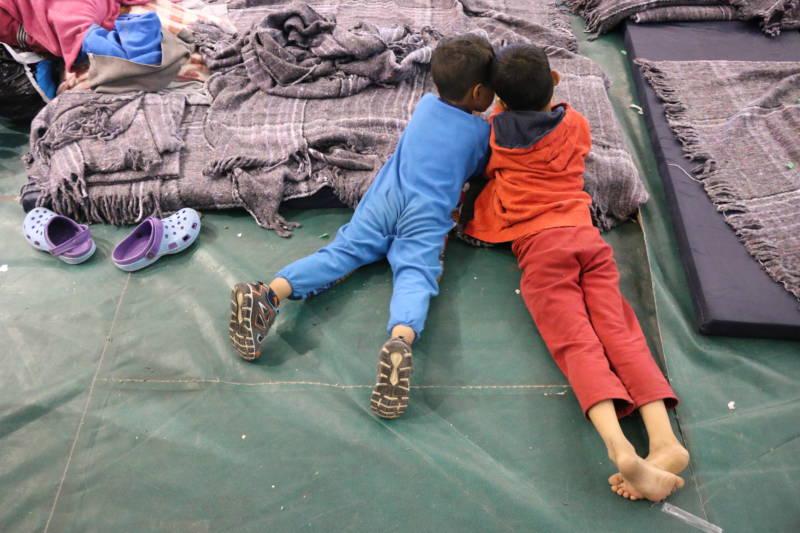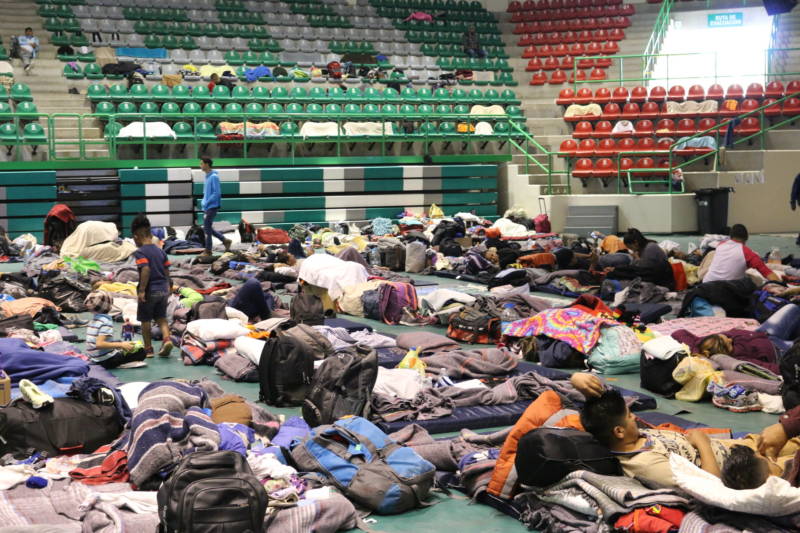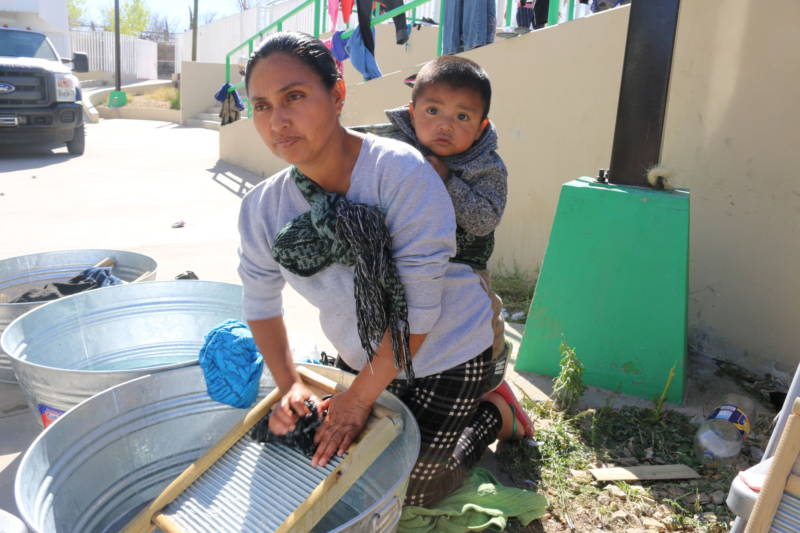As local officials on the Texas-Mexico border scramble to accommodate thousands of recent migrants from Central America and beyond, they are bracing for the U.S. to expand its “Remain in Mexico” policy, which could send many more people back across the border to wait while their asylum claims are processed.
The new policy, which is already in force at the Tijuana-San Diego border, has officials in the Mexican state of Chihuahua concerned that they can’t handle the coming waves of migrants. Since late October 2018, more than 8,000 migrants have arrived in Juarez, many coming from Central America, Cuba, Russia and countries in Africa, including Angola and Cameroon.
“We don’t agree with this program. Without it, we have enough problems,” said Ramon Galindo, sub-secretary of social development for Chihuahua’s northern region. “If they use Mexico as a hotel for migrants, it’s going to create a bigger problem than we have now.”
Galindo was one of several state and local leaders who met on Friday with Customs and Border Protection and other U.S. immigration officials at the Mexican Consulate in El Paso about the policy.
Over the past few weeks, officials have been attending meetings like these while maintaining a local sports arena-turned-shelter for hundreds of migrants waiting to ask for asylum in the U.S.




